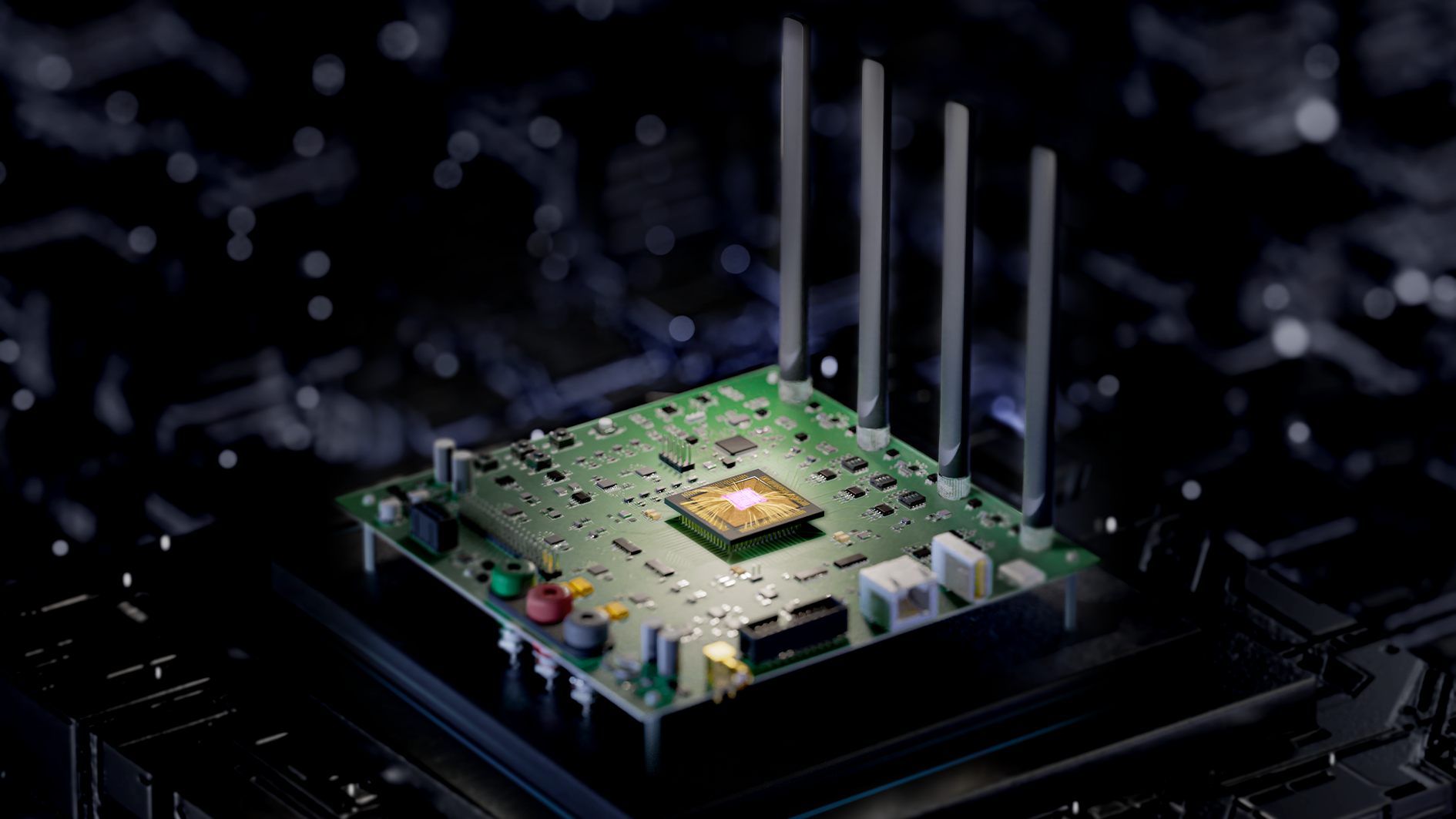Research Areas

The exploration of new materials is the foundation of research on physical property control and device applications. Two-dimensional quantum materials include metals, semi-metals, semiconductors, insulators, superconductors, etc., exhibiting many novel physical properties and showing potential applications in ultra-low power consumption electronic and optoelectronic components. We use various growth methods to obtain high-quality, highly crystalline two-dimensional quantum materials, and explore new physical properties such as magnetoelectric coupling, correlation effects, superconductivity, proximity-induced effects, and exotic topology through characterization techniques like optics, electricity, and probe techniques. For materials with application potential, we explore large-area growth and integration processes for device applications using techniques such as Chemical Vapor Deposition (CVD).

Solving the fundamental physical properties and evolutionary laws of complex quantum systems has already exceeded the computing capabilities of the most advanced computers. Quantum simulators provide a new experimental tool and platform to address these problems. Two-dimensional layered materials and their heterostructures, with their rich physical properties and excellent tunability, are ideal platforms for developing solid-state quantum simulators that are highly integrated, highly adjustable, and easily readable, offering unprecedented opportunities for simulating the properties of complex quantum systems (such as quantum phase transitions, quantum critical behavior, quantum fluctuations, etc.), controlling their evolution, and understanding their dynamics.

Two-dimensional quantum materials are one of the most promising basic electronic materials for the post-Moore era. A key scientific question is how to use the unique physical properties and control mechanisms of two-dimensional quantum materials to design new principle information devices. We focus on the physical degrees of freedom in two-dimensional quantum materials and heterostructures, such as charge, spin, valley, interlayer order, and topological order, and design and realize new principle electronic and optoelectronic devices using external field control methods.

80% of the information humans perceive from the world comes from vision, and the visual system plays an important role in cognition and decision-making. Neuromorphic vision aims to draw inspiration from the structure, function, and information processing mechanisms of the biological visual system to construct high-efficiency, high-energy, and high-robustness visual perception and cognitive systems for diversified application scenarios. Neuromorphic vision research has distinct application-driven and interdisciplinary characteristics, requiring a fusion of physics, microelectronics, optical engineering, neuroscience, and computer science. We will approach this from both biological visual models and computer vision algorithms, using the physical characteristics of new principle optoelectronic devices and large-scale array integration, combining CMOS circuit design, to construct neuromorphic vision chip hardware and software systems and achieve prototype verification.

The human brain is the most complex intelligent entity known in the universe and the most perfect information processing system in nature, capable of self-adaptation, continuous learning, and highly parallel computation, while consuming very little power (around 20 watts). The goal of neuromorphic intelligence research is to extend the boundaries of existing intelligent technologies and create artificial intelligence systems that more closely resemble the performance of the human brain in various aspects. Represented by memristor-based memory and compute-in-one chips, the research in neuromorphic computing hardware combines physics, electronic engineering, and computer science to break through the limitations of traditional computing architectures and construct efficient, low-power intelligent computing systems, driving artificial intelligence to a higher level.

